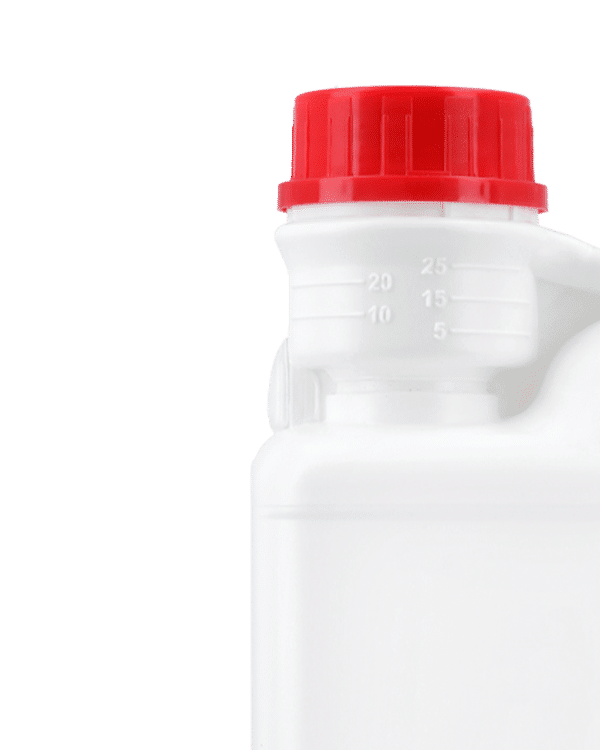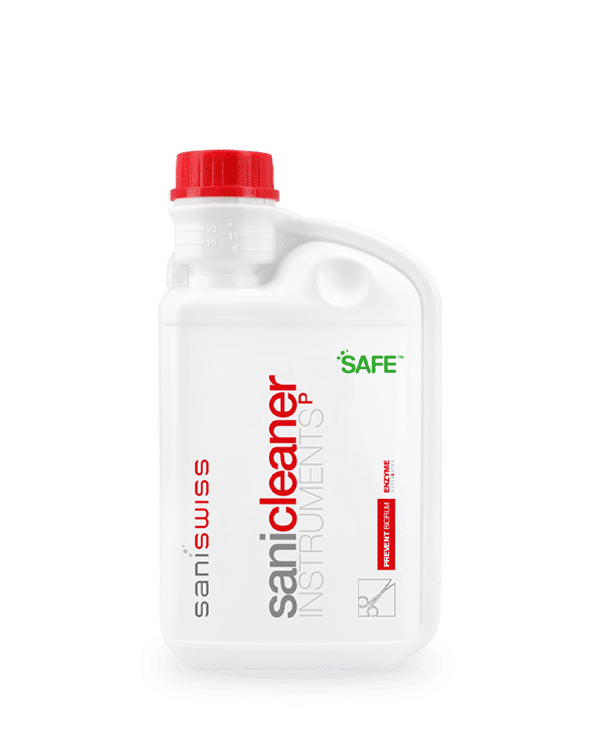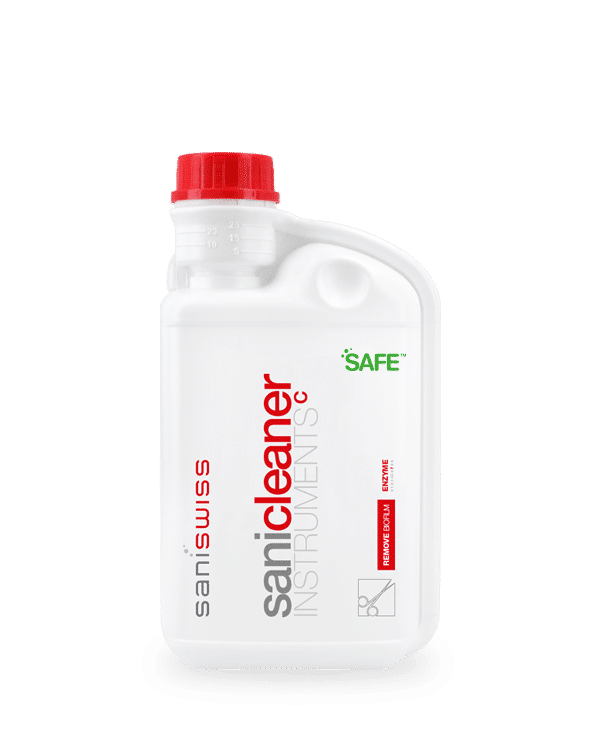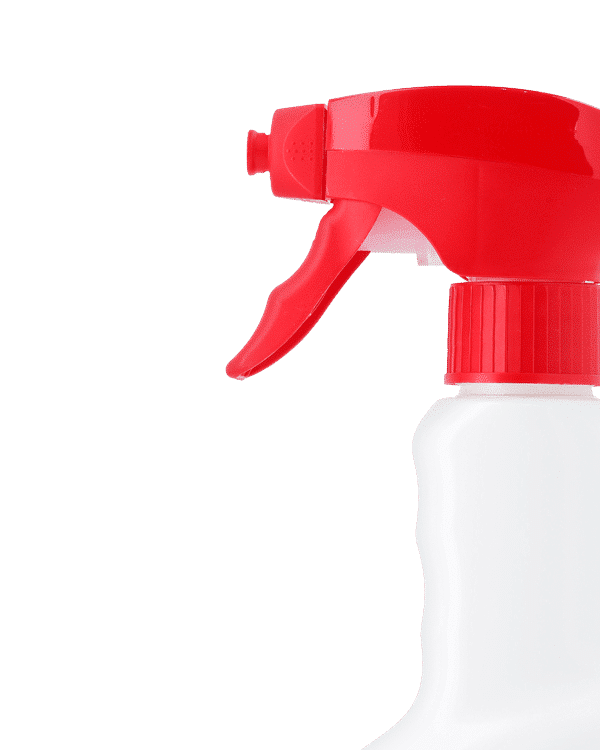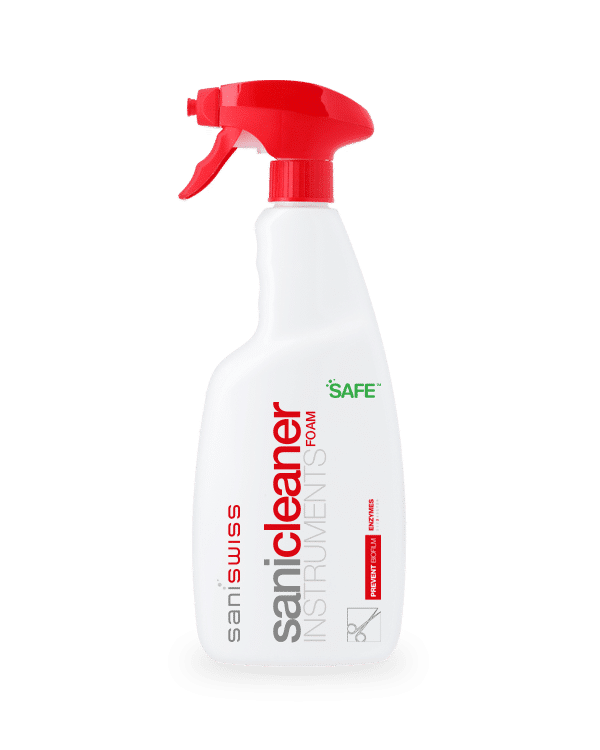Endoscopy is a widely used procedure in medicine to observe and treat internal organs, cavities, or tissues with the use of a special device called an endoscope. An endoscope consists of a thin tube that is inserted directly into the body and contains a lens or a camera, allowing direct visualization of body systems not easily displayed by other means.
Nonetheless, visualization is not the only action of an endoscope. In terms of medical indications, endoscopy can be used either in diagnosis or in keyhole surgery. There are a wide variety of endoscopic instruments that professionals need to perform successful procedures – from arthroscopic surgeries and laparoscopic procedures to colonoscopies and many others. These devices enable doctors to take tissue samples from the body, and to perform certain endoscopic procedures. Endoscopic instruments are not only key to the success of each procedure, but also work directly to the betterment of the patient. Benefits include minimal scarring, shorter hospital stays, and less chance of infection.
It must be clean: endoscope reprocessing.
To perform a safe medical procedure, endoscopes have to be clean and sterile. This is a crucial step in a hospital setting, as endoscopes are reusable medical devices and due to their particularly high prices (around EUR 30’000.00), only a limited number of endoscopes are available. As the devices are inserted inside the body, they are highly contaminated after the procedure. Notably, their microbial load is estimated to be 107-10 initially. Hence, before reuse, there is an urgent need for cleaning and disinfection to avoid patient-to-patient infection transmission. The preparation process of an endoscope for re-use is called endoscope reprocessing.
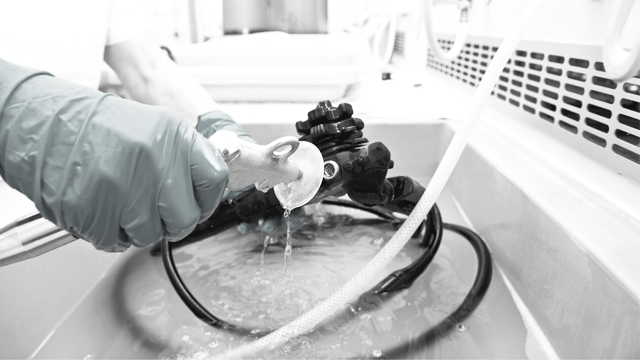
Reprocessing: why it is so challenging?
Endoscopes have complex designs, they contain long and narrow channels, angles, springs, and rough surfaces, and they are also heat sensitive. For these reasons reprocessing is a bottleneck in CSSD departments. While protocols are imposed at the national level by public health authorities and there are additional manufacturer’s instructions, only 1 endoscope out of 69 correctly follows all steps of the cleaning procedure.
The main phases of endoscopes reprocessing include precleaning, leak testing, manual cleaning, visual inspection, disinfection, drying, and storage, resulting in a total of more than 100 individual steps. Notably, 10 to 30% of patient-ready endoscopes are contaminated with microorganisms and this failure can lead to cross-infection or even outbreaks.
The outcome of reprocessing failure: HAI
While with low incidence, endoscopes are significant vectors for the transmission of microorganisms. Notably, they have caused more outbreaks than any other reusable medical device. Reprocessing failures have led to more than 100 endoscope-related outbreaks in the US. These failures can occur at different steps of the reprocessing and can be for example due to the inadequate cleaning of endoscopes channels, ineffective disinfection, use of contaminated water for flushing, and inefficient drying. In addition, the incidence of endoscope-related outbreaks is probably underestimated. The lag time between endoscopy procedure and actual infection might be long, therefore it is not straightforward to prove that particular infection is related to a reprocessing failure.
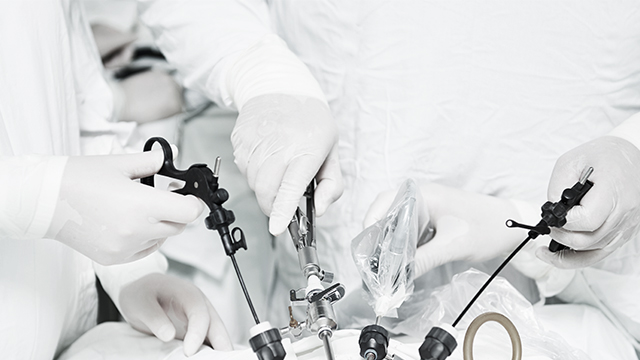
Biofilm, a potential cause for the failure of endoscope reprocessing
One of the reasons why endoscope reprocessing can fail is the presence of biofilm inside the endoscope channels. As said before, endoscopes are heavily contaminated after use by the patient’s enteric bacterial flora, which starts to proliferate and even form a biofilm if the endoscope is not processed within a few hours. Biofilm consists of a microbial layer that forms on moist and warm surfaces and is protected from the external environment by a polysaccharide matrix and genetic material. The latter matrix also protects microorganisms from cleaning products and disinfectants that are routinely used during endoscope reprocessing.
Several studies have highlighted the presence of biofilm inside actual endoscope channels formed by progressive accumulation of residual organic material through several inefficient reprocessing cycles. Consequently, the decontamination potential provided by high-level disinfection is not fully exploited, and a cross-infection risk prevails.
The prevention of biofilm formation is a multi-factor approach. First, endoscopes must be precleaned at the bedside, to remove the majority of organic material, and should subsequently go through the reprocessing cycle. Next, the cleaning step has to be performed well, to facilitate ensuing high-level disinfection. An efficient cleaning step requires thoughtfully chosen cleaning products and cleaning methods, to reduce as much as possible the microbial load, which will also reduce the level of contamination after processing and widen the safety margin of these semi-critical items.
Once the endoscope is clean and disinfected, it is also essential to dry it well and remove all traces of moisture to avoid biofilm build-up and store it in a sterile cupboard until being reused.
How to get rid of the biofilm in the endoscope?
There are many solutions available on the market to prevent biofilm build-up and remove organic material. However, they are not enough powerful or consist of heavy chemicals dangerous for the healthcare staff. The most sustainable, efficient, and safe for users are enzymatic agents.
At Saniswiss we are devoted to improve the performance of each step of endoscopes reprocessing, to reduce as much as possible cross-infection, and to a greater extent, outbreaks. Therefore, we have developed a full range of enzyme-based detergents that can be used for cleaning endoscopes, and to destroy even previously accumulated biofilm.
For the daily cleaning, we recommend Sanicleaner Instruments P, the first instrument detergent containing 6 enzymes and can be used either manually or in an automatic endoscope washer. It degrades organic material and biofilm matrix in a few minutes.
For unyielding biofilm, we have developed a curative product, Sanicleaner Instruments C that contains 7 enzymes. This product allows the destruction of any type of biofilm matrix, including organic matter accumulated in the past.
Our enzyme-based products are 100% biodegradable and present a genuine compliment to mechanical cleaning because enzymes can reach hidden and unattainable corners – where biofilm can form and accumulate – and deep clean them.
Bibliography
- Kenters, N., Tartari, E., Hopman, J. et al. Worldwide practices on flexible endoscope reprocessing. Antimicrob Resist Infect Control 7, 153 (2018). https://doi.org/10.1186/s13756-018-0446-6
- McCafferty, C. E., Aghajani, M. J., Abi-Hanna, D., Gosbell, I. B., & Jensen, S. O. (2018). An update on gastrointestinal endoscopy-associated infections and their contributing factors. Annals of clinical microbiology and antimicrobials, 17(1), 36. https://doi.org/10.1186/s12941-018-0289-2
- Nelson, D. B., & Muscarella, L. F. (2006). Current issues in endoscope reprocessing and infection control during gastrointestinal endoscopy. World journal of gastroenterology, 12(25), 3953–3964. https://doi.org/10.3748/wjg.v12.i25.3953
- Alfa MJ, Olson N, DeGagne P. Automated washing with the Reliance Endoscope Processing System and its equivalence to optimal manual cleaning. Am J Infect Control. 2006 Nov;34(9):561-70. https://doi.org/10.1016/j.ajic.2006.01.010
- Aumeran, C., Thibert, E., Chapelle, F. A., Hennequin, C., Lesens, O., & Traoré, O. (2012). Assessment on experimental bacterial biofilms and in clinical practice of the efficacy of sampling solutions for microbiological testing of endoscopes. Journal of clinical microbiology, 50(3), 938–942. https://doi.org/10.1128/JCM.06221-11
- Spruce L. (2016), Back to Basics: Flexible Endoscope Processing, AORN Journal, 103(5), 489-499. https://doi.org/10.1016/j.aorn.2016.03.002
- K. Johani, H. Hu, L. Santos, S. Schiller, A.K. Deva, G. Whiteley, A. Almatroudi, K. Vickery, (2018), Determination of bacterial species present in biofilm contaminating the channels of clinical endoscopes, Infection, Disease & Health, 23(4), 189-196, https://doi.org/10.1016/j.idh.2018.06.003
- Charles G. Roberts, The role of biofilms in reprocessing medical devices, American Journal of Infection Control, 41(5), S77-S80, https://doi.org/10.1016/j.ajic.2012.12.008
- Wu Ren-Pei, Xi Hui-Jun, Qi Ke, Wang Dong, Nie Xing, Li Zhao-Shen, Correlation between the growth of bacterial biofilm in flexible endoscopes and endoscope reprocessing methods, (2014) American Journal of Infection Control, 42(11), 1203-1206, https://doi.org/10.1016/j.ajic.2014.07.029
- K. Marion, J. Freney, G. James, E. Bergeron, F.N.R. Renaud, J.W. Costerton. (2006). Using an efficient biofilm detaching agent: an essential step for the improvement of endoscope reprocessing protocols, Journal of Hospital Infection, 64(2), 136-142, https://doi.org/10.1016/j.jhin.2006.06.011
- Kovaleva, J., Peters, F. T., van der Mei, H. C., & Degener, J. E. (2013). Transmission of infection by flexible gastrointestinal endoscopy and bronchoscopy. Clinical microbiology reviews, 26(2), 231–254. https://doi.org/10.1128/CMR.00085-12
- Muscarella L. F. (2014). Risk of transmission of carbapenem-resistant Enterobacteriaceae and related “superbugs” during gastrointestinal endoscopy. World journal of gastrointestinal endoscopy, 6(10), 457–474. https://doi.org/10.4253/wjge.v6.i10.457

